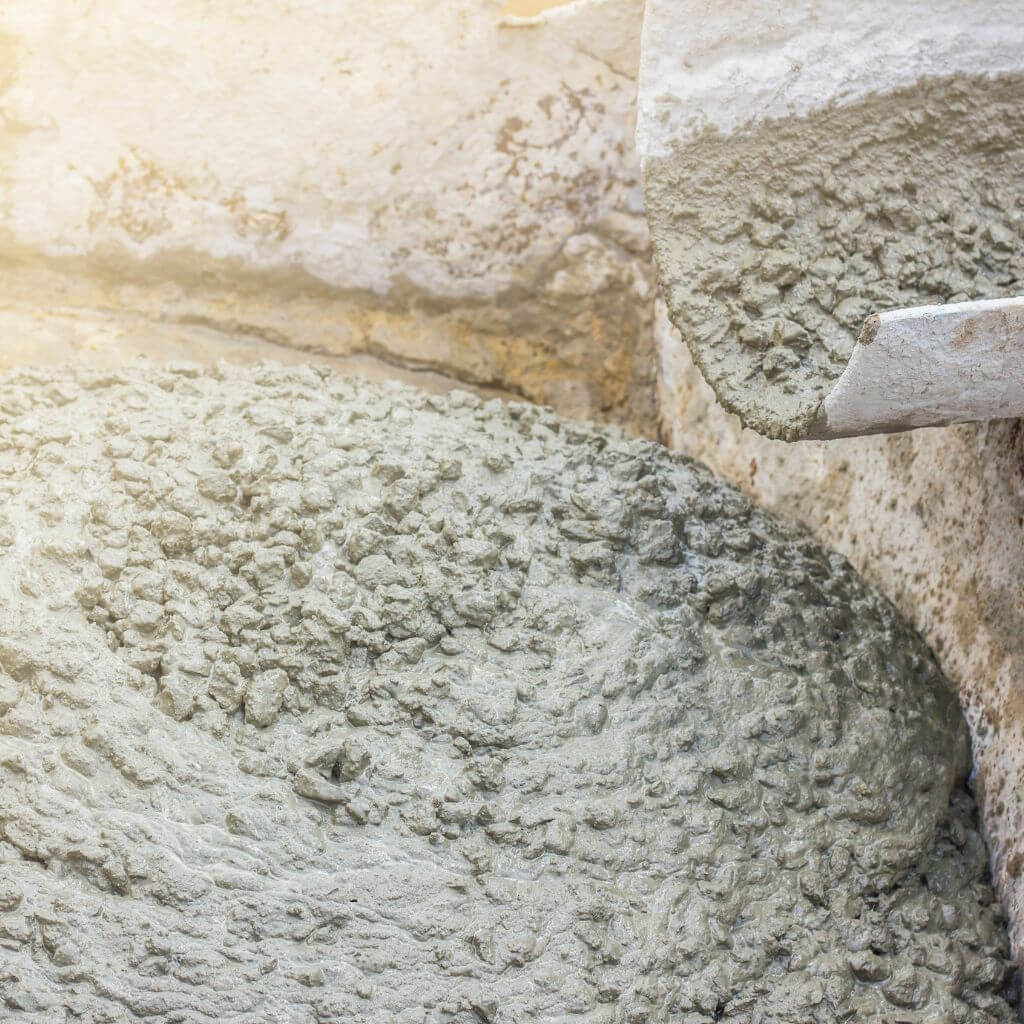
Are you curious about the various strength classes of concrete? Look no further! This article will provide you with a comprehensive understanding of concrete strength classes. Whether you’re a builder, engineer, or simply have an interest in construction, you’ll gain valuable knowledge about the different levels of strength that concrete can achieve. From the lowest strength class to the highest, we’ll explore the characteristics and applications of each class, helping you make informed decisions in your next construction project. So let’s dive right in and unravel the mysteries of concrete strength classes!
What are Concrete Strength Classes?
Concrete strength classes are a categorization system used to classify the compressive strength of concrete. The strength of concrete is crucial in determining its ability to withstand various loads and stresses. By categorizing concrete into different strength classes, engineers can ensure that the concrete used in construction projects meets the necessary requirements for durability and structural integrity.
Definition
Concrete strength classes represent the compressive strength of concrete measured in megapascals (MPa). The strength class is typically denoted by a letter, with each letter corresponding to a specific range of compressive strength. These strength classes provide a standard benchmark for evaluating the quality and performance of concrete used in construction.
Importance
Understanding concrete strength classes is essential for engineers, architects, and builders involved in construction projects. By knowing the strength class, they can select the appropriate type of concrete for a particular application. Choosing the right strength class ensures that the concrete will be capable of supporting the required loads and maintaining structural stability over time.
How are they determined
Concrete strength classes are determined through laboratory testing of concrete specimens. These tests involve subjecting concrete samples to compressive loads until they ultimately fail. The maximum load the specimen can withstand before failing is then divided by the cross-sectional area to obtain the compressive strength value. This process allows engineers to accurately determine the concrete’s strength and assign it to the appropriate strength class.
Different Types of Concrete Strength Classes
Concrete strength classes can be broadly classified into three categories: standard strength classes, high strength classes, and ultra-high strength classes. Each category represents a different range of compressive strengths, allowing for a diverse range of applications.
Standard Strength Classes
Standard strength classes are the most commonly used categories of concrete strength. They encompass a wide range of compressive strengths suitable for various construction purposes. The standard strength classes include Class B, Class C, Class D, and Class E.
High Strength Classes
High strength classes are characterized by their enhanced compressive strength, making them suitable for applications requiring increased load-bearing capacity. The high strength classes include Class F, Class G, and Class H.
Ultra-High Strength Classes
Ultra-high strength classes represent the highest range of compressive strengths achievable in concrete. These classes are specifically designed for projects requiring exceptional strength and durability. The ultra-high strength classes include Class I, Class J, and Class K.
Standard Strength Classes
Standard strength classes form the foundation of the concrete strength classification system. They provide a range of compressive strengths suitable for a wide variety of construction projects.
Class B
Class B concrete is the lowest strength class in the standard category, typically used for non-structural applications where strength is not a primary concern. It has a compressive strength ranging from 5 to 15 MPa. Class B concrete may be used in gardening paths, non-load-bearing walls, and other similar applications.
Class C
Class C concrete possesses a higher compressive strength than Class B, ranging from 15 to 25 MPa. This strength class is commonly used in the construction of foundations, footings, and light structural applications where moderate strength is required.
Class D
Class D concrete offers even greater strength compared to both Class B and Class C. Its compressive strength ranges from 25 to 35 MPa, making it suitable for a wide range of structural applications, such as beams, columns, and slabs.
Class E
Class E concrete is the highest strength class in the standard category, with a compressive strength ranging from 35 to 60 MPa. This strength class is typically used in projects requiring high-strength concrete, such as heavy structural elements, precast components, and construction in severe environmental conditions.
High Strength Classes
High strength classes are designed for applications that demand greater load-bearing capacity and structural performance.
Class F
Class F concrete has a compressive strength ranging from 60 to 80 MPa, making it suitable for heavy-duty structural applications, including high-rise buildings, bridges, and infrastructure projects. This strength class provides enhanced strength and durability to withstand significant loads and stresses.
Class G
Class G concrete offers a higher compressive strength than Class F, ranging from 80 to 100 MPa. It is commonly utilized in projects requiring exceptional strength, such as tunnel linings, offshore structures, and large-scale infrastructure constructions where extreme loads and harsh conditions are anticipated.
Class H
Class H concrete represents the highest strength class in the high strength category. With a compressive strength exceeding 100 MPa, Class H concrete is chiefly used in specialized applications, such as nuclear power plants, high-security structures, and critical infrastructure that demands maximum strength and durability.
Ultra-High Strength Classes
Ultra-high strength classes are engineered to provide extraordinary strength and exceptional performance in the most challenging construction scenarios.
Class I
Class I concrete exhibits a compressive strength ranging from 120 to 150 MPa, making it suitable for highly specialized projects like missile silos, underground bunkers, and defense structures that require superior resistance against severe impacts and extreme environmental conditions.
Class J
Class J concrete offers an increased compressive strength ranging from 150 to 180 MPa. This strength class caters to projects requiring extreme strength, including the construction of high-security facilities, dam walls, and structures exposed to extreme temperatures and intense physical forces.
Class K
Class K represents the highest strength class among all concrete strength classes, with a compressive strength exceeding 180 MPa. Class K concrete is used in extremely demanding applications, such as aerospace facilities, advanced research laboratories, and structures subjected to extraordinary stresses.
Factors Affecting Concrete Strength
Several factors contribute to the strength of concrete, including the water-cement ratio, curing conditions, and aggregate quality.
Water-Cement Ratio
The water-cement ratio refers to the proportion of water to cement used in the concrete mixture. It significantly affects the strength and durability of the cured concrete. A lower water-cement ratio results in higher concrete strength, as excess water can negatively impact the bonding between cement particles.
Curing Conditions
The curing conditions during the initial stages of concrete hardening play a crucial role in determining its final strength. Adequate moisture and temperature control during the curing process allow the concrete to develop its full strength potential. Improper curing can result in reduced strength and durability.
Aggregate Quality
The quality and characteristics of the aggregates used in concrete directly impact its strength. Aggregates should be clean, dense, and have a well-graded particle size distribution to ensure optimal strength development. Poor-quality aggregates can weaken the concrete and reduce its overall performance.
Mix Design and Concrete Strength
The mix design of concrete involves determining the proportions of cement, aggregates, water, and any additional admixtures required to achieve the desired strength class.
Proportions of Ingredients
The proportions of cement, aggregates, and water in the concrete mixture are carefully calculated to achieve the targeted compressive strength. The mix design is based on extensive laboratory testing and consideration of the specific project requirements, including load demands and exposure conditions.
Use of Admixtures
Admixtures are substances added to concrete to enhance its properties or performance. They can be used to improve workability, control setting time, increase strength, or enhance durability. The appropriate use of admixtures in the concrete mix can optimize the strength and overall performance of the hardened concrete.
Testing and Assessing Concrete Strength
Concrete strength is assessed through various testing methods to ensure compliance with the required strength class.
Slump Test
The slump test is a widely used method to measure the consistency and workability of fresh concrete. It provides an indication of the water content and workability, which can indirectly reflect the potential strength of the hardened concrete.
Compressive Strength Test
The compressive strength test is the most common method for evaluating concrete strength. It involves subjecting cylindrical or cubic specimens to a controlled compressive force until failure. The maximum load capacity at failure is then recorded and used to determine the concrete’s compressive strength.
Non-Destructive Testing
Non-destructive testing methods, such as ultrasonic testing and rebound hammer test, provide valuable information about the strength and integrity of hardened concrete without damaging the structure. These tests are particularly useful for assessing existing structures and diagnosing potential strength-related issues.
Applications of Different Concrete Strength Classes
Concrete strength classes have specific applications based on their strength characteristics and durability.
Foundations and Footings
Standard strength classes, such as Class C and Class D, are commonly used for foundations and footings, providing sufficient strength to support the load of a structure.
Structural Walls
High strength classes, like Class F and Class G, are employed for structural walls to withstand lateral loads and provide additional stability to the overall structure.
Bridge Construction
High strength and ultra-high strength classes, such as Class G, Class H, and Class J, are utilized in bridge construction to ensure the bridge’s ability to bear heavy loads and resist environmental factors.
High-Rise Buildings
High strength and ultra-high strength classes, such as Class G, Class H, Class J, and Class K, are crucial for constructing high-rise buildings, where the concrete must withstand significant vertical and horizontal loads.
Considerations for Choosing the Right Strength Class
Several factors should be considered when selecting the appropriate concrete strength class for a construction project.
Structural Requirements
The intended use and design requirements of the structure heavily influence the choice of strength class. Heavy structural elements or high-rise buildings will typically require higher strength classes to ensure structural stability and load-bearing capacity.
Environmental Factors
Environmental conditions, such as extreme temperatures, exposure to corrosive substances, or high humidity, may necessitate the use of higher strength classes. Harsh environments can accelerate the deterioration process, making it crucial to select concrete with appropriate strength and durability.
Construction Schedule
The construction schedule and timeline can impact concrete strength class selection. Opting for faster-setting concrete with higher strength classes may be necessary to meet project deadlines or address time-sensitive construction needs.
Budget Constraints
Budget constraints may limit the choice of concrete strength class. Balancing the desired strength and project budget is important to ensure cost-effective construction without compromising structural integrity.
By understanding concrete strength classes and considering these factors, construction professionals can make informed decisions to select the most suitable concrete strength class for a specific project. This ensures optimal structural performance, durability, and long-term functionality of the constructed facility.












